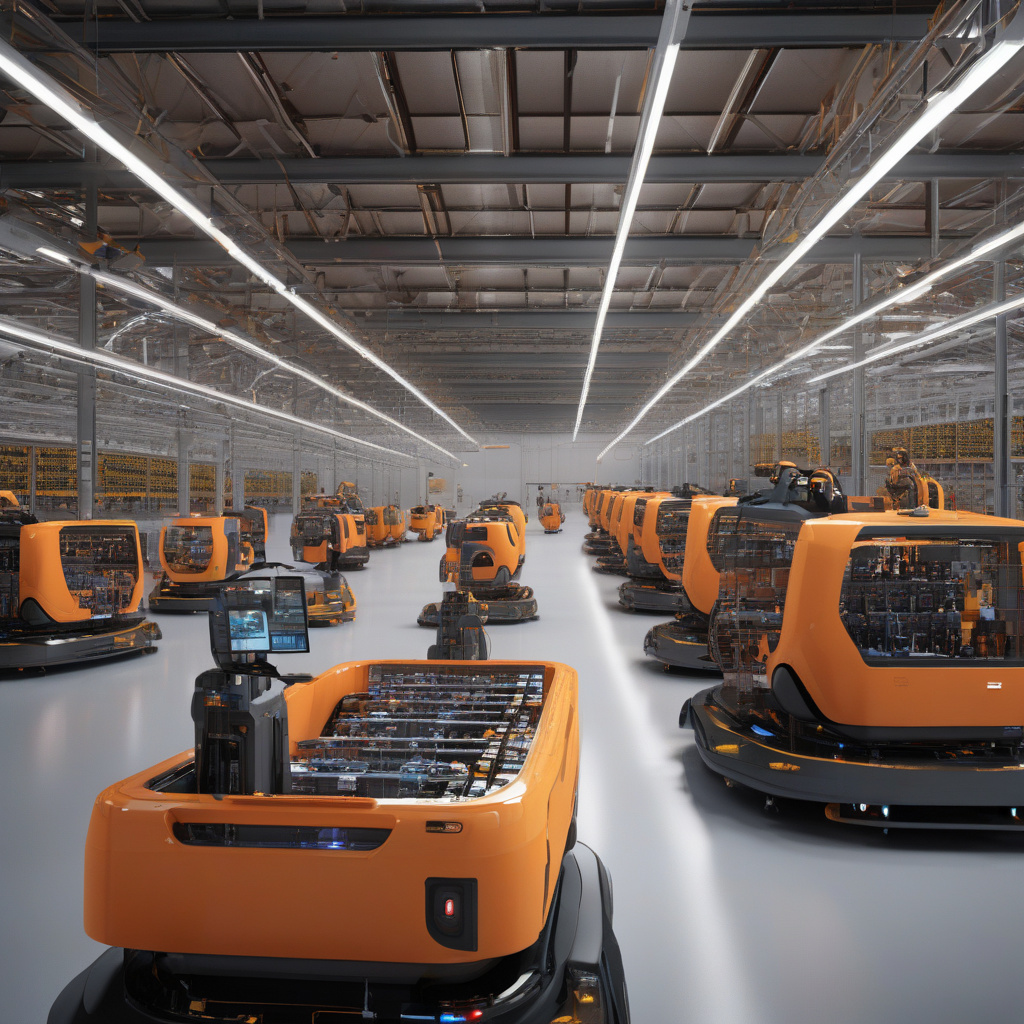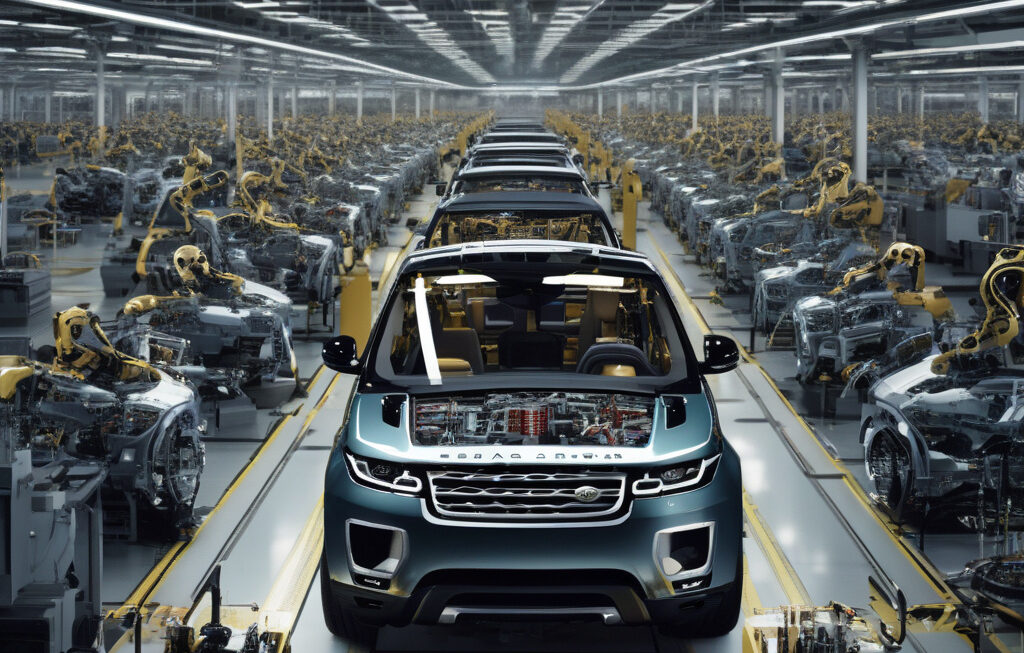Second Life Supercharge: US Firms Transform Used EV Batteries to Satiate AI Power Hunger
General Motors and Redwood Materials have launched a new partnership to repurpose used electric vehicle (EV) batteries, a move that could revolutionize the way we think about sustainability and energy efficiency in the tech industry.
As the demand for electric vehicles continues to rise, so does the need for sustainable solutions for the disposal of used batteries. According to a report by the International Energy Agency, the number of electric cars on the road is expected to reach 145 million by 2030, resulting in a significant increase in the number of batteries that will need to be recycled or repurposed.
This is where General Motors and Redwood Materials come in. By partnering to develop a process for transforming used EV batteries into a reliable power source for artificial intelligence (AI) applications, they are not only reducing waste but also addressing the growing energy demands of the tech industry.
But how exactly does this process work? When an EV battery reaches the end of its life cycle and is no longer suitable for use in a vehicle, it still retains a significant amount of energy storage capacity. Instead of simply disposing of these batteries, General Motors and Redwood Materials are able to extract the remaining energy and repurpose it for use in AI systems.
This innovative approach not only provides a sustainable solution for disposing of used batteries but also helps to address the energy requirements of AI technologies. As AI continues to play a larger role in our daily lives, from powering virtual assistants to driving autonomous vehicles, the demand for power-hungry processors and servers is only expected to increase.
By repurposing used EV batteries to power AI applications, General Motors and Redwood Materials are helping to create a more circular economy where resources are reused and recycled in innovative ways. This not only reduces the environmental impact of battery disposal but also helps to create a more sustainable future for the tech industry.
In addition to the environmental benefits, this partnership also has the potential to drive economic growth and job creation in the US. By developing new technologies and processes for repurposing used batteries, General Motors and Redwood Materials are paving the way for a new industry focused on sustainable energy solutions.
As we look to the future, partnerships like the one between General Motors and Redwood Materials serve as a reminder of the power of collaboration in driving innovation and sustainability. By working together to find creative solutions to complex challenges, companies can not only reduce their environmental impact but also create new opportunities for growth and development.
In conclusion, the partnership between General Motors and Redwood Materials to repurpose used EV batteries for AI power represents a significant step forward in the quest for sustainability and energy efficiency in the tech industry. By harnessing the remaining energy storage capacity of these batteries, they are not only reducing waste but also helping to meet the growing energy demands of AI applications. This innovative approach serves as a model for how companies can work together to create a more sustainable future for all.
sustainability, energy efficiency, circular economy, innovation, job creation












